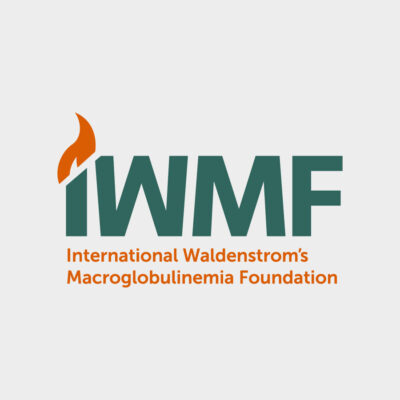The International Waldenstrom’s Macroglobulinemia Foundation (IWMF) recently committed $2.5 million to support a new multi-institutional network for clinical and research programs dedicated to Waldenström’s macroglobulinemia (WM). Led by Dana-Farber, this groundbreaking initiative brings together major cancer centers and affiliates across the country to share knowledge and develop clinical trial protocols with the goal of providing patients with more treatment options.
WM is a rare, slow-growing form of non-Hodgkin lymphoma that typically forms in the bone marrow. While it can be treated, the disease remains incurable and treatment-resistant—and given its rarity, testing new therapies can be difficult due to the relatively small patient population. Consequently, many treatments for patients with WM result from the findings of relatively small or single-institution studies, which is not ideal. That is why researchers have come together to establish a think tank to address this problem.
“Creating a U.S.-based network of WM clinicians and researchers will facilitate a more rapid translation of trial and study results into practice, as well as bring clinical trials closer to patients,” said Dana-Farber’s Jorge Castillo, MD, who will serve as faculty director of the network’s steering committee. “We are thrilled that IWMF is partnering with us to ensure we meet our ambitious goals. We’re hopeful this network will help optimize clinical trial design and foster academic discussion for the benefit of all patients facing this chronic disease.”
Castillo works alongside Steven Treon, MD, PhD, in the Bing Center for Waldenström’s Macroglobulinemia at Dana-Farber. Under their leadership, the Bing Center has made seminal discoveries in WM, including establishing the genetic basis of the disease and the incidence of familial WM. Treon and his colleagues were also the first scientists to report that a mutation in the protein MYD88 relies on Bruton tyrosine kinase (BTK) to function, which led researchers to test a drug that targets BTK. This research eventually led to FDA approval of ibrutinib as the first drug for WM in 2015 and paved the way for FDA approval of zanubrutinib in 2021.
“Since its inception, the IWMF has sought to raise awareness about WM and find better treatments for the disease,” said IWMF Board Chair Pete DeNardis. “The establishment of this network will significantly elevate the accomplishment of those objectives—and enable clinicians and researchers throughout the U.S. to develop and utilize more impactful treatments and trials specifically for their WM patients. We are excited to be an integral part of this initiative and look forward to stronger collaborations among the medical community, and, in turn, significantly improved treatments for the disease. Today, the future is definitely brighter for the WM patient and caregiver community in the U.S., and around the world.”
For more stories about the impact of philanthropy at Dana-Farber, please visit DanaFarberImpact.org.



